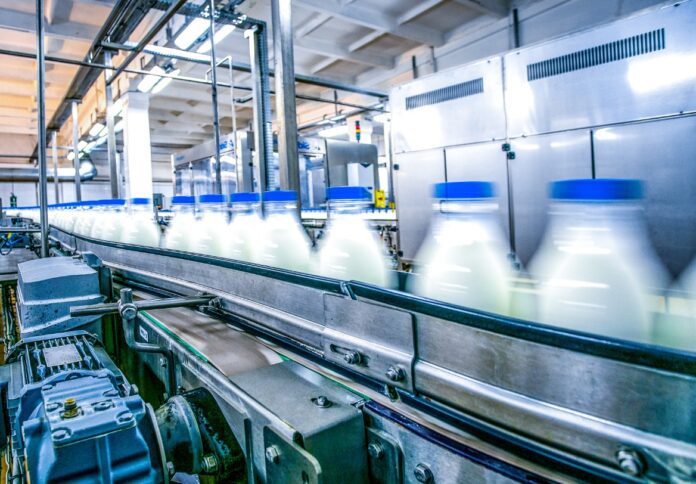
Rabobank’s latest sector research indicated a potentially slower-than-expected price recovery in the global dairy market, with China exhibiting reduced demand for dairy imports.
However, despite this setback, the overall outlook for the market remains positive, according to the Q2 Global Dairy Quarterly report titled “Searching for Equilibrium.”
The report highlighted that while there was an initial surge in global dairy prices in late 2023 and early 2024, driven by importers restocking at lower prices, the recovery has encountered obstacles in Q2 2024.
Factors contributing to this include weaker global demand and increased domestic milk production in China, leading to a reduction in imports.
According to Rabobank’s senior dairy analyst Michael Harvey, while China’s milk production forecast for 2024 has been revised upwards, key dairy-producing regions globally are experiencing modest production growth.
“Milk production from the main global export regions will expand only modestly in Q3 before gaining some momentum towards the end of the year,” he said.
Challenges such as low profitability and weather-related issues in regions like the US, South America, New Zealand, and Europe have tempered expectations.
Despite subdued global milk supply growth, Harvey said he believes this will underpin a continuation of the dairy market recovery and an improvement in milk prices for producers globally.
However, he cautions that the road to recovery may not be smooth, citing mixed demand signals and consumer purchasing power constraints.
One significant factor affecting dairy prices is the higher milk production in China, which is expected to limit Chinese demand for imports.
The report predicted a decline in China’s net dairy imports for the third consecutive year, attributing it to stronger local production and weaker consumer demand.
In Australia, milk production has seen an increase across all regions and states, despite mixed weather conditions. Rabobank forecasts continued growth in milk production for the 2023/24 season, driven by adequate feed availability and strong farmer conditions.
Looking ahead, the report identified several watch factors that could influence global dairy markets, including nitrogen derogation limits in Europe and pathogenic avian flu outbreaks in the US.
Additionally, elections in key regions, currency strength, and global weather patterns remain important considerations for market dynamics.
Overall, while the global dairy market faces challenges, Rabobank remains optimistic about its resilience and long-term prospects, emphasising the importance of monitoring key factors to navigate market fluctuations effectively.



















